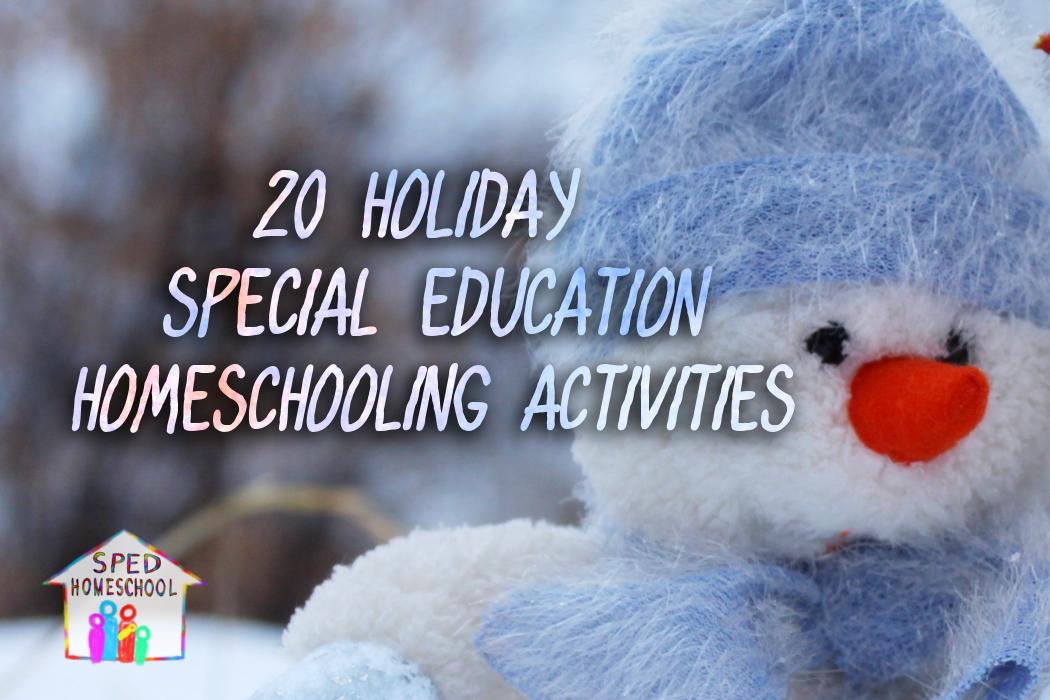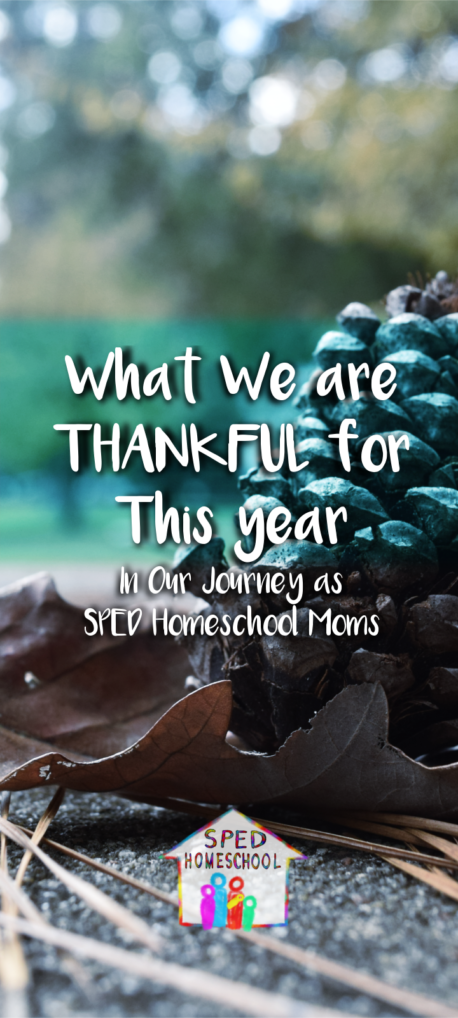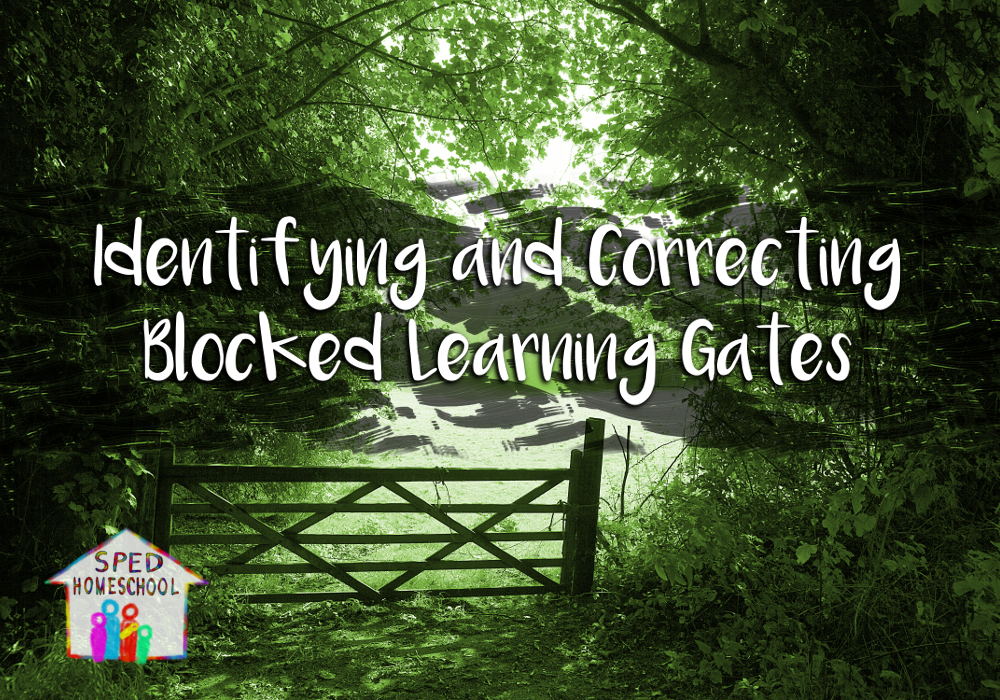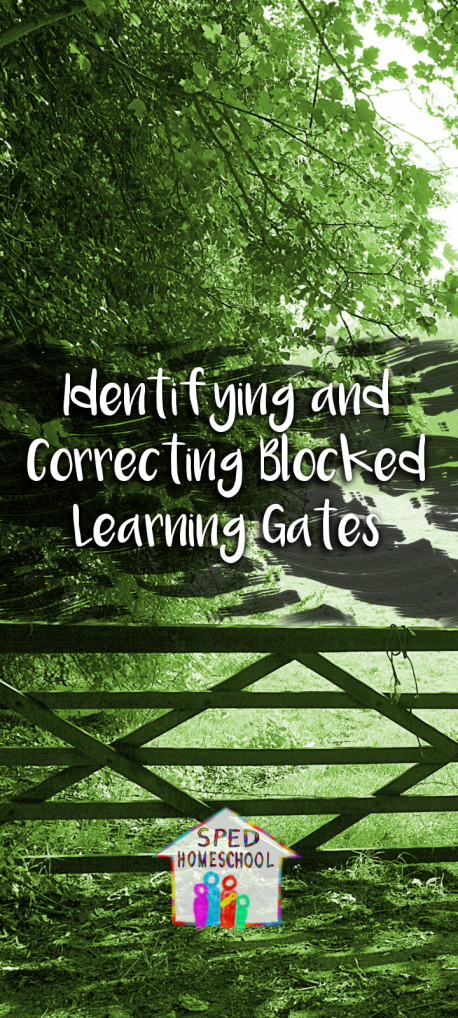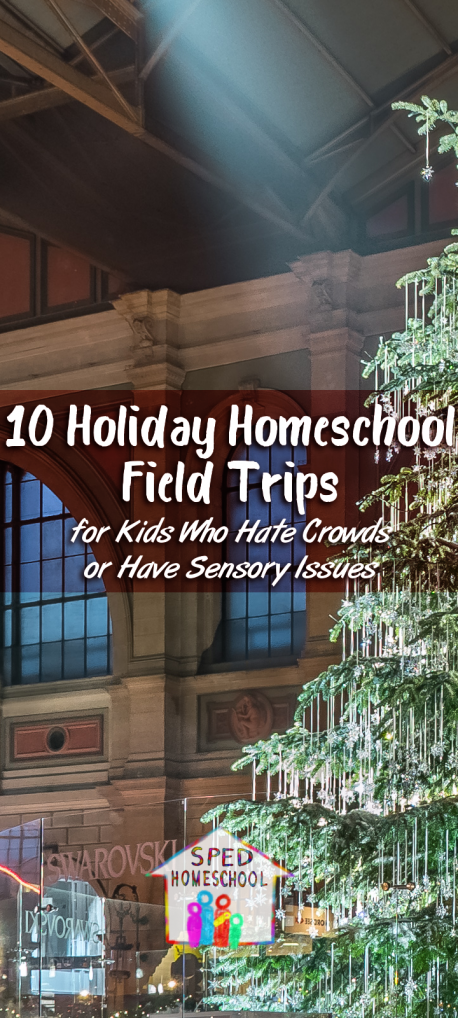Dyana Robbins
The holiday season offers many wonderful things to us: time away from work, more time with friends and family, traditions, and expressions of love. For many, this truly remains the happiest and most-anticipated time of the year. However, there are years when the holidays seem much less joyous. Deaths, losses, difficult circumstances, broken relationships and other factors can threaten the joy we want to experience.
Here are some thoughts that I hope will encourage you if you find yourself facing a difficult holiday season. Some of them are humorous, others more serious, but all have helped our family celebrate the holidays in difficult years.
1. Treat Hallmark movies and Christmas sentimentalism like a plague
Please don’t call me Scrooge; I know how committed people are to their Hallmark Christmas movies. I have even liked a couple of them myself. However, when we are battling discouragement or even despair, the idealized versions of Christmas, love, and family that are peddled to us can intensify our pain.
Movies and many Christmas songs’ sentimental version of life can highlight places in our lives that don’t reflect the same perfection. Instead of providing help, they actually create larger wounds. If you must indulge in these entertainments, make sure you balance them with movies like “It’s a Wonderful Life” or “A Christmas Carol.” They have some good old adversity and life lessons that balance out the schmaltz. And for music, immerse yourself in songs that offers real joy and hope. My favorite is “O Holy Night.”
2. Simplify
We hear this advice everywhere, but what does it actually look like to practice simplicity? It differs in families, but simplicity rests on the following principles: contentment, pruning of useless or harmful things, and a grateful perspective.
Even in the most difficult times, we can practice simplicity. As we rid ourselves of fruitless thoughts, useless energy expenditures, taxing social engagements, and burdensome traditions or expectations, joy can fill the space they vacate. We can appreciate the beauty of what remains, the graces of each day, and enjoy rest.
“As you simplify your life, the laws of the universe will be simpler; solitude will not be solitude, poverty will not be poverty, nor weakness weakness.” ― Henry David Thoreau
3. Do something new
One of life’s greatest joys, is to experience or learn new things. Whether you create new traditions, learn a new game, skill, or song, take a different route for Christmas light viewing, or bake something different, your venture into the unknown affirms life and fresh beginnings. The scope and cost of these changes need not be great; just doing them brings happy feelings and memories.
4. Avoid or limit negative influences
This may be the most difficult of my recommendations. Often, negative influences come from our closest family members, or others we’re pressured to spend time with over the holidays. If you feel guilty avoiding them entirely, do all you can to limit your exposure to them.
You can do a shorter visit, make sure others will be around to dilute their impact, gather in a place you feel most comfortable, or have the nearest exit mapped out for an emergency evacuation. We need to show love to difficult people, but during dark seasons in our own lives, we might need a break or limited engagement to care for ourselves.
Likewise, give yourself permission to rest from considering or deciding about stressful or negative things. Even a short break from decision-making can help you recharge and focus on the joy of the season. Truly, our problems can almost always be put on temporary hold, instead of demanding all of our time and attention.
5. Celebrate Christ
If you find yourself in the darkest of times, my other recommendations will ring with inadequacy. There are some problems we cannot change, fix or remove; they simply must be borne. Even bearing those burdens, hope shines and lights a path for joy.
Isaiah 9, in the Bible, talks of Christ the Savior. Consider this beautiful passage with me:
“For to us a child is born,
to us a son is given;
and the government shall be upon his shoulder,
and his name shall be called
Wonderful Counselor, Mighty God,
Everlasting Father, Prince of Peace.
Of the increase of his government and of peace
there will be no end,
on the throne of David and over his kingdom,
to establish it and to uphold it
with justice and with righteousness
from this time forth and forevermore.
The zeal of the LORD of hosts will do this.
One dark day, the God of Heaven sent his son to us. His arrival fulfilled many prophecies, God’s promises to man, to provide a Savior from ourselves, our condition, and this broken world. He walked our paths, suffered our griefs, experienced our fragile joys, and purchased for us a joy that can never die.
Because of this gift, every trial, grief, injustice, betrayal, loss and inadequacy will one day be completely overwhelmed and overcome. No matter what we face, even the most horrible and trying things, they only have temporary power and effect. As we wait for that day, we enjoy Christ’s presence and help. He is all to us that the verses above promise: our Wonderful Counselor, Mighty God, Everlasting Father, and Prince of Peace.
Every lesser joy can be extinguished. Life’s burdens can smother them all. But, the joy of Christ, God’s guarantee to man, has never failed me or anyone who has trusted in Him.
Whatever your circumstances this year, I pray you will find and know joy. If this season is painful for you, know that you are not alone in your struggle or in waiting for better days. May the joy of this season overwhelm your struggles and bring you hope.
Merry Christmas!



